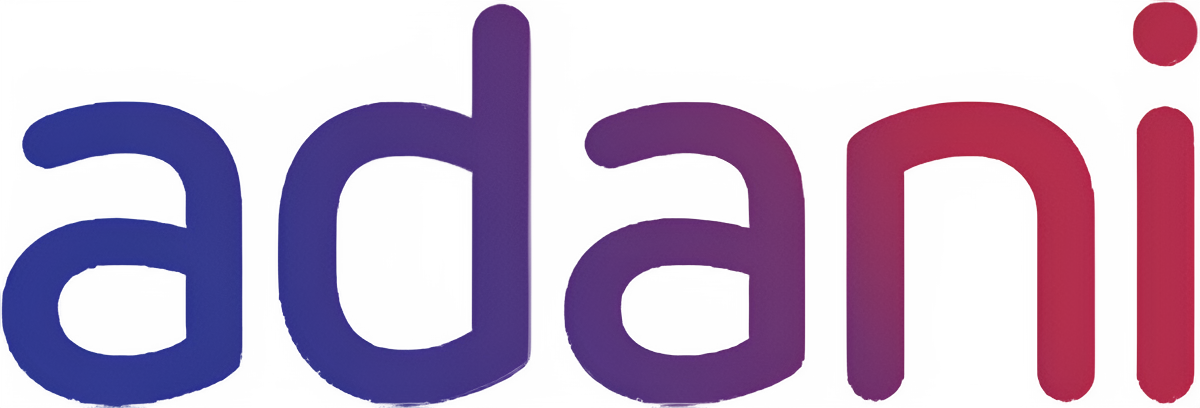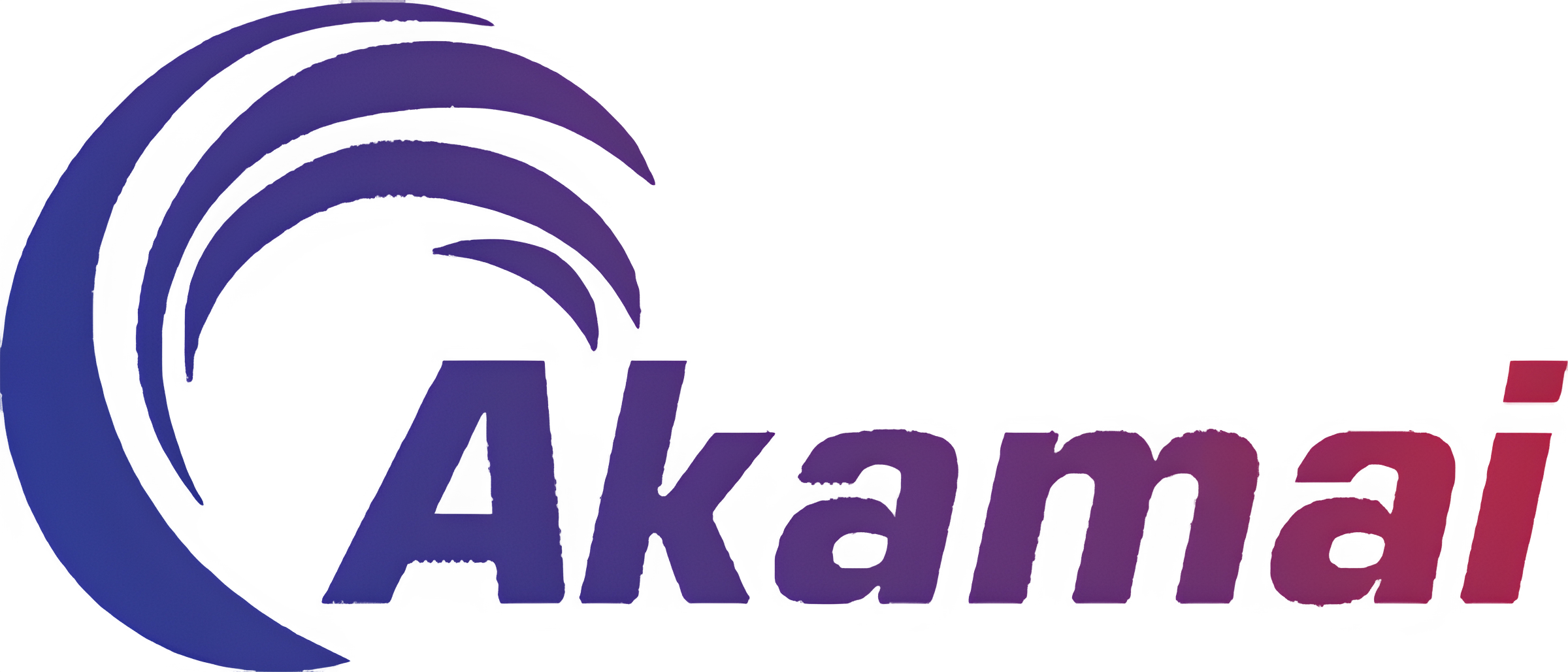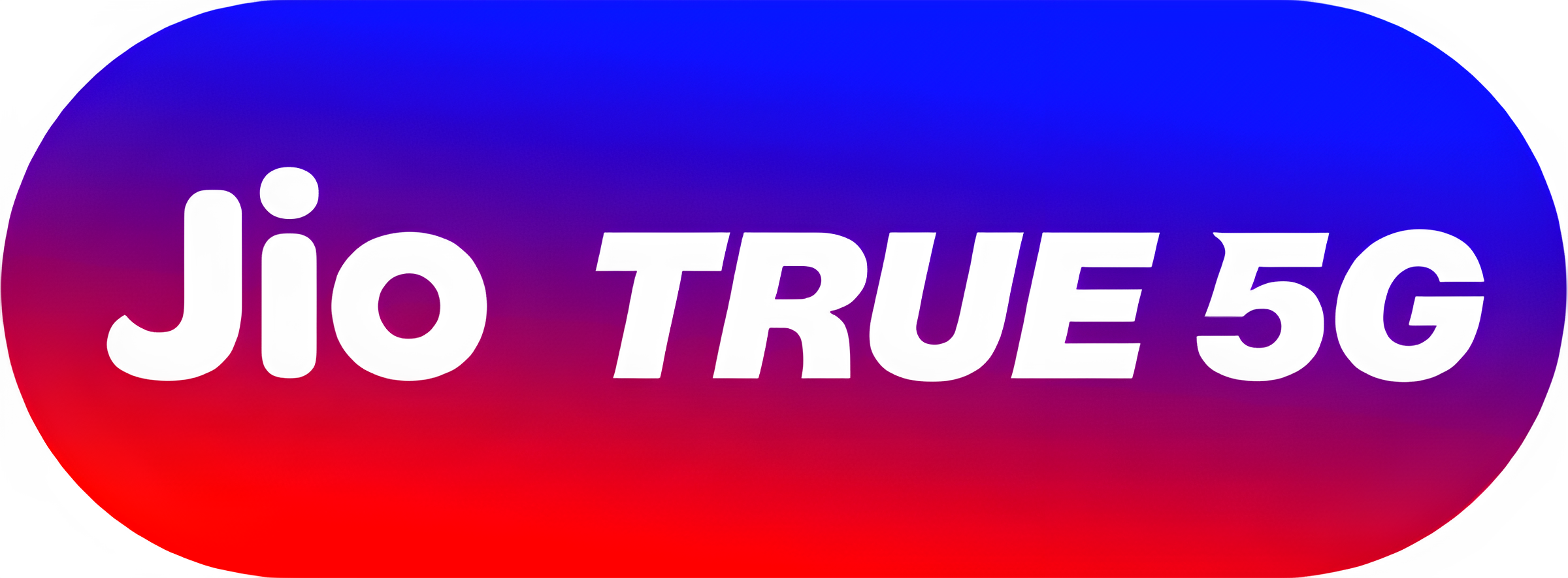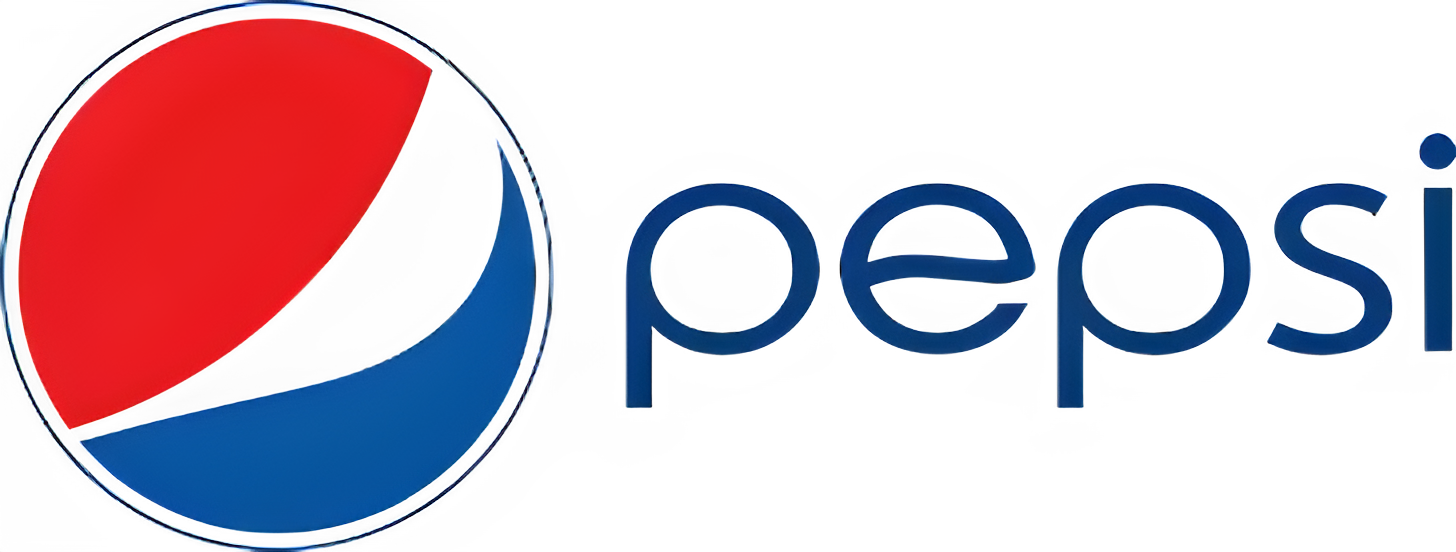Custom Tour Guide App Development for Local Businesses and Museums
In an era where smartphones are integral to daily life, travelers and local explorers seek immersive, convenient ways to discover points of interest. A tour guide app transforms smartphones into personal guides, offering curated routes, multimedia content, and real-time navigation. For local businesses and museums, a custom tour guide app is a powerful tool to engage visitors, showcase attractions, and drive revenue. By partnering with a software development company like Dinoustech Private Limited, which also stands out as the best mobile app development company, organizations can design, build, and launch a tailored solution that meets the needs of both users and stakeholders. Collaborating with an affordable web designing company and the best web development company ensures the app is as visually appealing as it is technically robust.
The Importance of Tour Guide Apps for Local Businesses and Museums
Local businesses—such as cafes, artisan shops, and historical tours—benefit from increased foot traffic when travelers have easy access to relevant information. A tour guide mobile app can highlight nearby restaurants or boutiques on a walking route, encouraging spontaneous visits. Similarly, museums can enhance visitor experiences beyond static displays by integrating audio narration, high-resolution images, and interactive maps that guide users through exhibits. Keywords like “museum guide app” and “local tour app” reflect growing consumer demand for personalized, on-demand cultural experiences. By offering an app, museums create extended digital touchpoints, reaching visitors before, during, and after their onsite visit. Dinoustech leverages its reputation as a best software development company to craft solutions that seamlessly blend historical context, multimedia storytelling, and user-friendly navigation—ensuring local businesses and museums remain competitive in a digital-first marketplace.
Key Features of a Custom Tour Guide App
A successful tour guide app must offer features that cater to diverse user needs without overwhelming them. First, a robust content management system (CMS) empowers administrators to update tour information, add new points of interest, and manage multimedia assets. For users, interactive maps—built on GPS and Wi-Fi positioning—provide turn-by-turn navigation between attractions. Incorporating geofencing triggers location-based notifications: when a visitor approaches a landmark, the app can automatically play an audio clip or display a pop-up with historical trivia. A tour guide app development partner like Dinoustech ensures these real-time features work reliably, even in areas with limited connectivity, by caching essential content for offline use.
Audio narration—narrator voices in multiple languages—caters to international visitors, while optional text transcripts and subtitles enhance accessibility. High-resolution images, 360-degree panoramas, and augmented reality (AR) overlays enrich exhibits, allowing users to visualize historical reconstructions or behind-the-scenes museum archives. A built-in ticketing module simplifies entry fee purchases or museum pass validations directly within the app. Social sharing features let users post photos and personalized tour highlights, amplifying word-of-mouth promotion. Dinoustech’s expertise as a best mobile app development company ensures these features integrate smoothly, providing a frictionless user experience that encourages extended engagement.
Designing an Intuitive User Experience
User experience (UX) is critical to ensuring visitors remain engaged from the moment they open the app. Partnering with an affordable web design company, Dinoustech’s UX/UI designers create a clean, visually appealing layout that emphasizes ease of navigation. Upon launch, users see a home screen featuring recommended tours, nearby attractions, and current museum exhibitions. Clear, large icons guide users to core sections—“Map,” “Audio Tours,” “My Itinerary,” and “Tickets.” Minimalist menus and consistent color schemes reflect each museum’s branding or the local district’s aesthetic.
On the Map screen, tappable markers display museums, galleries, and local shops. A prominent search bar helps users find specific points of interest quickly. When a user selects a location, a detailed page appears with an image carousel, an audio play button, and concise descriptions. Tangible progress indicators—such as a “Next Stop” button—keep users oriented on self-guided tours. For museum layouts, interactive floor plans guide users to exhibit rooms, restrooms, and exit routes. Dinoustech’s iterative design process involves user testing with diverse demographics—families, solo travelers, and international guests—to refine button placements, font sizes, and color contrasts, ensuring the app remains intuitive and enjoyable for all.
Technology Stack and Development Approach
Building a custom tour guide app requires a balanced technology stack that prioritizes performance and maintainability. On the frontend, React Native or Flutter frameworks enable the development of cross-platform applications that run smoothly on both iOS and Android devices. Utilizing these frameworks reduces development time while ensuring near-native performance. For advanced AR features, such as overlaying historical reconstructions on camera views, Dinoustech’s mobile engineers integrate ARKit for iOS and ARCore for Android, delivering immersive experiences tailored to each platform.
The backend comprises microservices built with Node.js (Express) or Python (Django), hosted on cloud platforms like AWS, Google Cloud, or Azure. A geographic database—PostgreSQL with PostGIS extensions—stores location data and geospatial queries, enabling precise mapping and geofencing. A NoSQL solution, like MongoDB, manages unstructured multimedia content—audio files, images, and user-generated reviews. Real-time features—such as push notifications and live chat with local guides—use WebSocket or Firebase Cloud Messaging to maintain low-latency communication.
A content delivery network (CDN) distributes large multimedia files—high-res images and 360-degree panoramas—ensuring quick load times worldwide. APIs for ticketing and payment processing—Stripe or PayPal—manage in-app purchases securely. Dinoustech’s development teams adhere to Agile methodologies, delivering incremental builds for continuous feedback and rapid iteration. This approach, combined with robust QA processes—including automated testing and manual exploratory tests—ensures a polished, bug-free application that stands up to real-world usage.
Integrations and Third-Party Services
To enhance functionality, a tour guide app often integrates with multiple third-party services. For mapping and navigation, Google Maps API or Mapbox offers comprehensive location data and routing algorithms, ensuring accurate wayfinding even in complex urban environments. For indoor positioning—especially in large museums—Bluetooth Low Energy (BLE) beacons or Wi-Fi triangulation enable precise indoor navigation. Dinoustech’s IoT specialists configure these beacon networks to trigger location-based content automatically.
Audio narration often relies on text-to-speech (TTS) engines like Google Cloud Text-to-Speech or Amazon Polly, converting CMS-entered text into natural-sounding audio files in multiple languages. For live translation, by providing foreign language subtitles, Google Translate API or Microsoft Translator ensures that non-native speakers can follow exhibit descriptions seamlessly. A social media integration—API hooks for Instagram and Facebook—allows users to share snapshots of their tours, boosting organic visibility for local businesses and museum partners.
To enable user feedback, integrating Firebase Analytics and Google Analytics for Firebase tracks user flows, identifies drop-off points, and measures engagement with specific tours. This data drives continuous improvements, guiding content updates and UX tweaks. Dinoustech’s architects ensure each integration aligns with privacy regulations, such as GDPR, implementing explicit user consent flows and secure data storage practices.
Content Management and Administration
Behind every successful tour guide app lies a robust content management system (CMS). A well-designed CMS—often a custom portal built by Dinoustech as a best web development company—enables administrators to create and manage tours, upload multimedia assets, and update points of interest. This system should support role-based access controls, allowing local business managers or museum curators to edit specific sections without exposing sensitive data.
CMS features include scheduling—automatically activating seasonal tours or limited-time exhibitions—and version control, enabling quick rollbacks if content changes require correction. Bulk import tools facilitate migrating existing data, such as exhibit descriptions or business listings, into the new system. A media library streamlines asset management, tagging images and audio files with metadata for efficient retrieval. Dinoustech’s backend engineers design this CMS with scalability in mind, allowing the platform to expand seamlessly as more businesses and museums join the network.
Monetization and Business Models
Custom tour guide apps can generate revenue through various streams. Museums often sponsor official apps that include free basic tours and premium, in-depth guided experiences for a fee. Local businesses can purchase spotlight listings or sponsored markers on maps, driving foot traffic to their storefronts. In-app purchases—such as downloadable audio packs offering expert commentary from local historians—create additional revenue opportunities.
Another model involves subscription-based access for frequent travellers or museum members. A monthly or yearly pass unlocks exclusive content, such as behind-the-scenes tours, virtual reality displays, or interactive quizzes—providing ongoing value. Affiliate partnerships with local service providers—like bike rentals, guided walking tours, or nearby restaurants—offer commission-based revenue when users book through the app. Dinoustech’s financial strategists help clients identify the optimal mix of these monetization strategies, ensuring sustainability without compromising user experience.
Marketing and User Acquisition Strategies
Effective marketing drives initial downloads and sustained engagement. App Store Optimization (ASO) is the first step: targeting keywords like “tour guide app,” “museum guide app,” and “local tour guide” in app titles, subtitles, and descriptions improves visibility on iOS and Android platforms. Creating eye-catching icons and screenshots showcasing compelling features—interactive maps, audio narration, and AR previews—encourages downloads.
Content marketing on a companion website—built by an affordable web designing company—includes blog posts like “Top Hidden Gems in [City]” or “Essential Museum Tours for Art Lovers,” leveraging SEO to attract organic traffic. Email newsletters to local business partners, tourism boards, and museum mailing lists announce the app’s launch, offering exclusive early access or discounted premium tours.
Social media campaigns on Instagram and Facebook, featuring short video clips of AR-enhanced exhibits or user testimonials, help create buzz. Collaborations with travel influencers and local guides amplify reach, showcasing real-world usage and driving peer-to-peer recommendations. Hosting virtual events—live Q&A sessions with museum curators or guided walking tours—engages audiences and encourages app sign-ups. Dinoustech’s marketing analysts monitor campaign performance, tracking click-through rates, conversion metrics, and user retention, refining strategies in real time.
Post-Launch Maintenance and Continuous Improvement
Launching a tour guide app is only the beginning. Ongoing software maintenance ensures optimal performance and evolving feature sets. Dinoustech’s support teams monitor critical metrics—server health, API response times, and user feedback—using tools like Prometheus and Grafana. Automated alerts notify engineers of anomalies, enabling rapid remediation.
Regular security audits—conducted by a best software development company—identify vulnerabilities, ensuring user data and payment information remain secure. As new exhibits open, local businesses join, or city layouts change, administrators update content through the CMS, and Dinoustech’s engineers deploy changes seamlessly via CI/CD pipelines.
User analytics—captured by Firebase or similar platforms—reveal usage patterns: popular tour routes, most-listened audio clips, and peak app engagement times. These insights guide feature enhancements, such as adding social check-ins at landmarks or refining AR overlays for new exhibits. Periodic UX reviews, supported by in-app surveys, gather user feedback to identify friction points, like confusing navigation or missing offline content, driving targeted improvements. By embracing a culture of continuous improvement, Dinoustech ensures that the app remains relevant, engaging, and technically robust over time.
Conclusion
Custom tour guide app development offers local businesses and museums a powerful way to engage visitors, drive foot traffic, and generate revenue. By incorporating features like interactive maps, audio narration, AR overlays, and real-time notifications, a tour guide app transforms sightseeing into a dynamic digital experience. Partnering with a best software development company like Dinoustech Private Limited, supported by an affordable web designing company and recognized as a best mobile app development company and best web development company, ensures that your app is both visually compelling and technically sound. From robust CMS architecture to scalable backend services and continuous post-launch support, Dinoustech’s end-to-end expertise guides you through every step of building, launching, and maintaining a world-class tour guide app. Embrace the future of tourism technology and create unforgettable experiences for explorers, one tour at a time.

















